How technology is driving success in retail industry dynamics
Adopting artificial intelligence, data analytics, and customer engagement strategies - these innovations thrust the retail industry ahead, providing a competitive advantage.
This offers insight into groundbreaking technologies driving modern retail's success. A deeper dive into intelligent solutions propelling sector growth lies ahead.
Tailored shopping: AI powers personalisation
Transformation sweeps retail as leaders deploy data analytics, AI, and IoT to customise experiences with razor sharp precision. Tapping customers' unique preferences, and innovations bridge market gaps, revolutionising value delivery.
Among these innovations, the integration of digital payment options like cryptocurrencies at venues such as bitcoin baccarat casino enhances consumer engagement by aligning with the modern shopper’s expectation for diverse and secure payment methods.
This trend highlights how sectors like online gaming are influencing retail strategies. AI retail impact, valued at $400-800 billion, unlocks consumer insights, boosting retail tech trends. Vast potential remains untapped.
Only 18% feel brands meet personalisation expectations - a sizable opportunity. Businesses can better harness customer data, and create tailored interactions addressing individual shopper needs, and concerns.
Providing impressive service involves understanding shoppers' purchasing journeys and being there at every step. Retail tech bridges online and in-store experiences for modern consumers who want seamless shopping. Data driven insights drive personalisation that retailers embrace for an edge.
Data Driven Customer Insights
Leveraging AI/machine learning, retailers aggregate app, social, site, and in-store data to deeply understand behaviours/preferences. Visual recognition categorises inventory details, tracking how attributes perform - informing decisions on what sells for optimising stock.
Predictive analytics ensures proper inventory across channels by learning what satisfies customers for tailored shopping. Automated tools analyse market trends/performance to guide strategic supply chain decisions. Using shopper data refines marketing, assortments, and merchandising - boosting sales, reducing costs, and engaging shoppers/staff.
So machine learning enhances satisfaction through availability and customisation. Analytics empower merchants with data driven strategies spanning promotion, curation, and presentation. Predictive models underpin smarter supply chain operations responding to emerging patterns.
Ultimately, modern tech equips retailers to meet consumers' demands for frictionless, personalised buying journeys consistently moving product while elevating overall service quality.
Tailored Marketing Strategies
Digital marketing is key today. Stores use AI for custom outreach, pricing, and item picks. AI considers trends, rival costs, and each buyer's habits. It helps tune pricing plans.
AI amps the customer journey through:
suggesting items fit to individual tastes and past purchases
using data for marketing tactics that grab consumers' interests
enriching mobile shopping app experiences
Syncing business models to consumer segments with advanced analytics lets brands craft narratives speaking straight to audiences – leveling up the overall service quality.
Tech enabled inventory management
Retail inventory tracking benefits from tech's influence. Computer vision and barcode scans by AI streamline stocktaking, boosting precision and saving time. Beyond operational perks, there are cost cuts through optimised stock volumes, lowered holding costs, and less deadstock.
To avoid having too much or too little stock, AI examines how people spend money and what they want to buy. Computers can then automatically order new products and schedule deliveries.
This lets stores quickly adjust their have based on changing customer demand. AI algorithms make smart decisions about inventory management using machine learning techniques.
AI and Machine Learning in Forecasting
Predictive analysis powered by AI has transformed demand forecasting for retailers. This technology considers seasonal trends, sales events, and weather changes to better predict what shoppers will want.
Real-time data shows current stock levels and buying habits. Advanced analytics guide strategies for distributing products across different stores.
Combining AI with internet connected devices and computer vision aids retailers in several ways:
Automated tracking improves inventory management and operations
Understanding preferences helps tailor product selections
Retailers refine store layouts and product placement
With AI forecasting, retail businesses become more efficient while better serving the market's needs.
Smart Store Technologies
Shopping is transforming due to innovative tech for stores. For example, technologies like these are driving change:
RFID tags help manage stock and prevent theft more easily
Rapid product info and deals via QR codes
Smart shelves with IoT sensors and RFID technology providing precise real-time inventory data
Retail tech refers to advancements enhancing store operations and customer experiences in line with current trends.
Bricks and mortar stores now adopt tech like automated checkouts without cashiers and sophisticated "Just Walk Out" solutions. These improvements streamline shopping trips, reduce wait times significantly, aid theft prevention, and boost overall efficiency.
Integrating such innovations allows physical stores to not just meet but exceed customer expectations, resulting in greater satisfaction and fostering loyalty.
Seamless omnichannel experiences
As retail evolves, so does shopping itself. Omnichannel approaches merge customer data across channels and promote cross-departmental collaboration. However, implementing omnichannel strategies proves challenging, requiring clear priorities and effective resource allocation from retailers.
Online and in-store shopping experiences combine. Like Buy Online, Pick Up In-Store (BOPIS) strategies boost in-store sales. While maintaining digital convenience customers want. Omnichannel customers tend to shop more often. And spend more than single channel buyers.
Virtual dressing rooms with high quality cameras allow personalised remote shopping at Fendi. This is a prime tech driven omnichannel retail innovation.
Buy Online, Pick Up In-Store (BOPIS)
BOPIS merges online purchasing ease with instant tailored in-store service. Advantages include:
Quick item collection without shipping delays.
Incentive to visit physical stores leading to extra impulse buys.
Reduced hesitancy buying pricier items online with easy in-store returns.
This provides a fluid, convenient customer journey.
Nike integrates BOPIS with concept stores using data and mobile apps to enhance in-store experiences for online shoppers.
Notably, when a retailer introduces BOPIS, nearby rivals see impacts across digital and physical stores. BOPIS transforms the industry beyond an individual strategy.
Mobile Apps and Payments
Smartphones are changing shopping. Store apps let people buy stuff right on their phones. But they do more than that - they keep customers engaged with support, item ideas, and loyalty rewards.
These apps are easier than websites for shopping on the go. New security like fingerprint ID and passcodes make mobile payments safer and build trust. Saving payment details and one-click checkout make paying quick and simple.
Location tech can send nearby deals straight to app users when it's a good time.
Augmented reality transforming shopping
AR, augmented reality, is changing how we shop by making it interactive and engaging.
Fashion stores use AR to show what clothes, jewelry, or makeup would look like on you before buying. This immersive experience gets people shopping more often and willing to spend more on products they get to preview virtually.
In physical stores, AR brings unique ways to see products, like:
Shoppers can scan barcodes to see animations showing product pluses.
People can see how items would look in their homes before buying.
Customers can virtually try on furniture, electronics, and non-clothes before purchase.
Virtual Try-On Solutions
Virtual try-on tech lets customers see products on themselves digitally without trying them on. Using AR, brands like Rebecca Minkoff, H&M, and Zalando add it to shopping experiences.
They make apps with virtual mirrors for fitting rooms, Snapchat integration, and shareable online looks. This improves the customer experience and pushes retail innovation.
At Rebecca Minkoff, mirrors don't just help with styling. They have adjustable lighting and tailored ideas to make shopping better.
AR even changes store designs with smart mirrors and screens for an engaging environment. This immerses shoppers with interactive retail.
AR Assisted Store Layouts
Retail is being transformed not simply through advancement in internet shopping but also inside physical shops thanks to augmented reality (AR). AR boosts the real world by layering virtual parts on it. It is different from virtual reality (VR), which creates fully simulated spaces.
Mixing voice commands with AR tech - take AR smart mirrors for instance - the coming retail shop experiences will undergo huge change. People can interact with these innovations to:
Use vocal instructions to browse a virtual fitting room
Try clothes digitally without changing clothes
Receive custom tips matching their likes and measurements
Get detailed info and reviews on products
Make purchases straight from the mirror
Such innovative integration opens new opportunities in-store. It fosters immersive customer interactions. It redefines what's possible at a standard retail outlet.






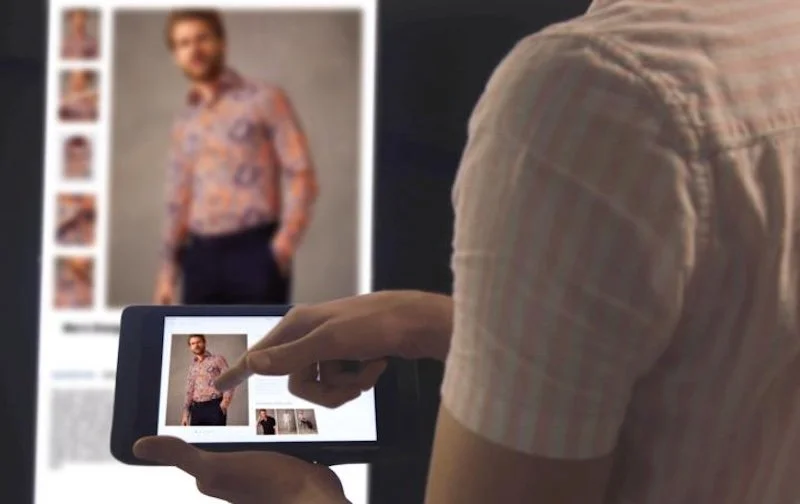


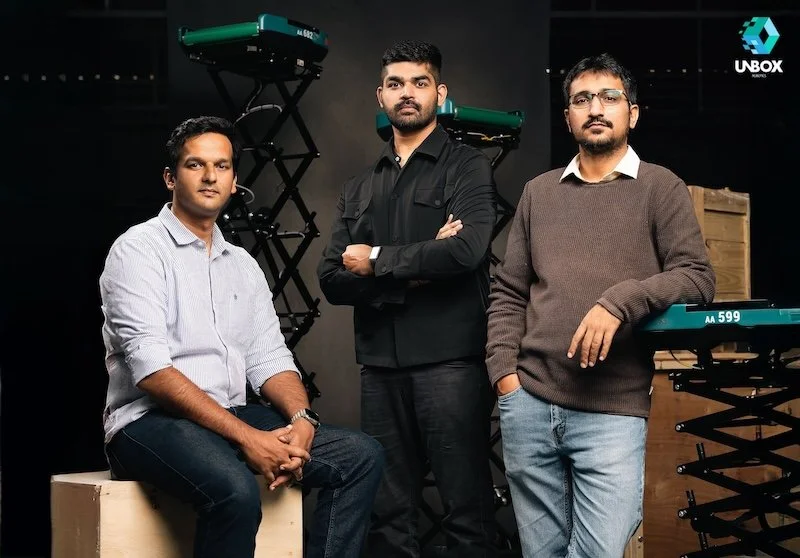












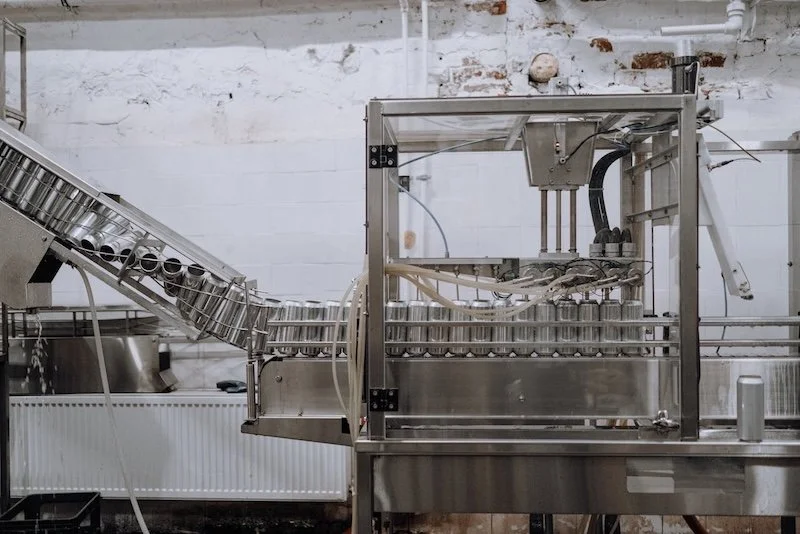



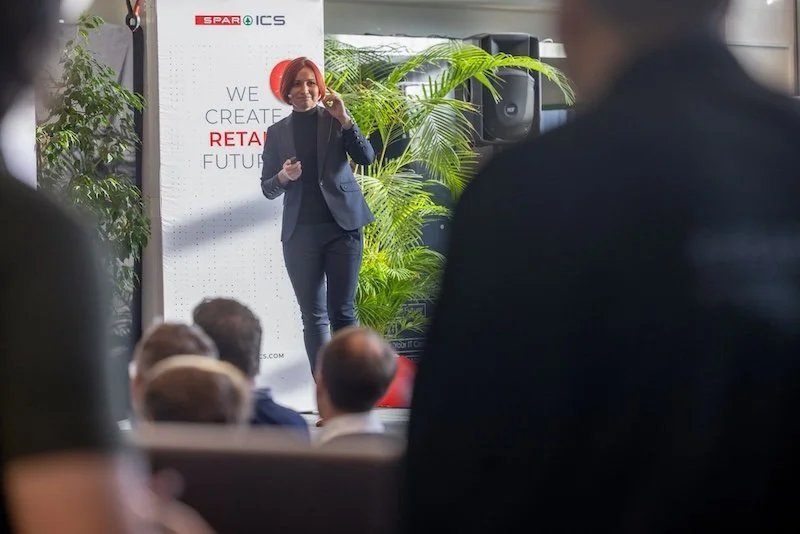



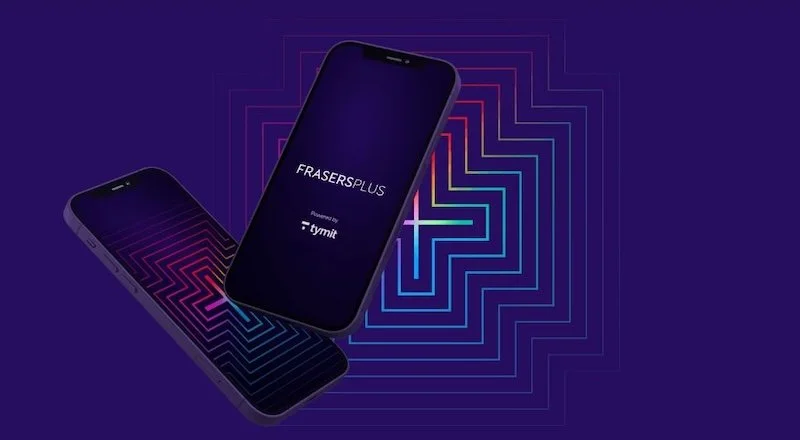
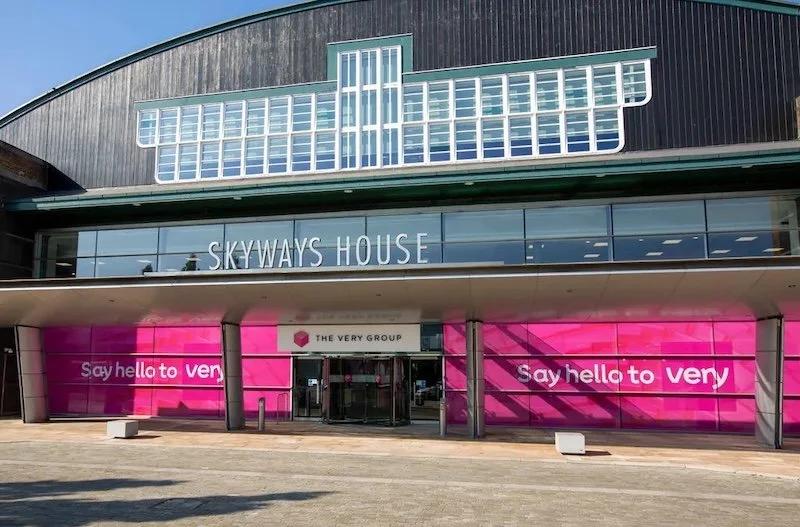

Continue reading…